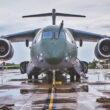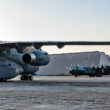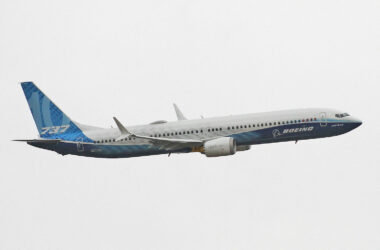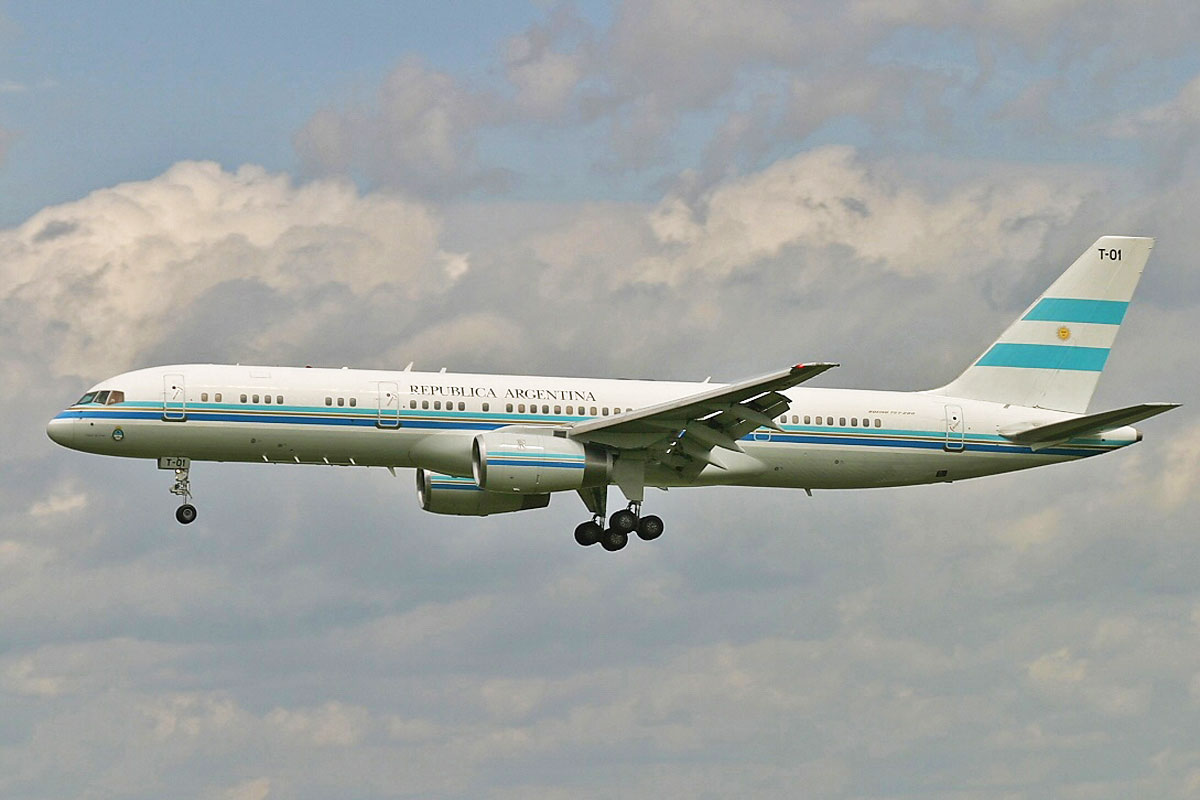Virgin Atlantic successfully completed the first transatlantic commercial flight fueled solely by SAF (Sustainable Aviation Fuel) on Tuesday 28th November.
Named VS100, the flight took off from London Heathrow Airport, bound for New York (JFK) at 11:49 am and landed 7 hours and 16 minutes later.
The aircraft used was a Boeing 787-9 Dreamliner with registration G-VDIA. The twin-aisle jet was fueled with SAF composed of 88% HEFA (Hydroprocessed Esters and Fatty Acids) supplied by AirBP and 12% SAK (Synthetic Aromatic Kerosene) supplied by Virent.
Rolls-Royce, manufacturer of the Trent 1000 engine, also participated in the project, as well as Boeing, Imperial College London, University of Sheffield, ICF and Rocky Mountain Institute;
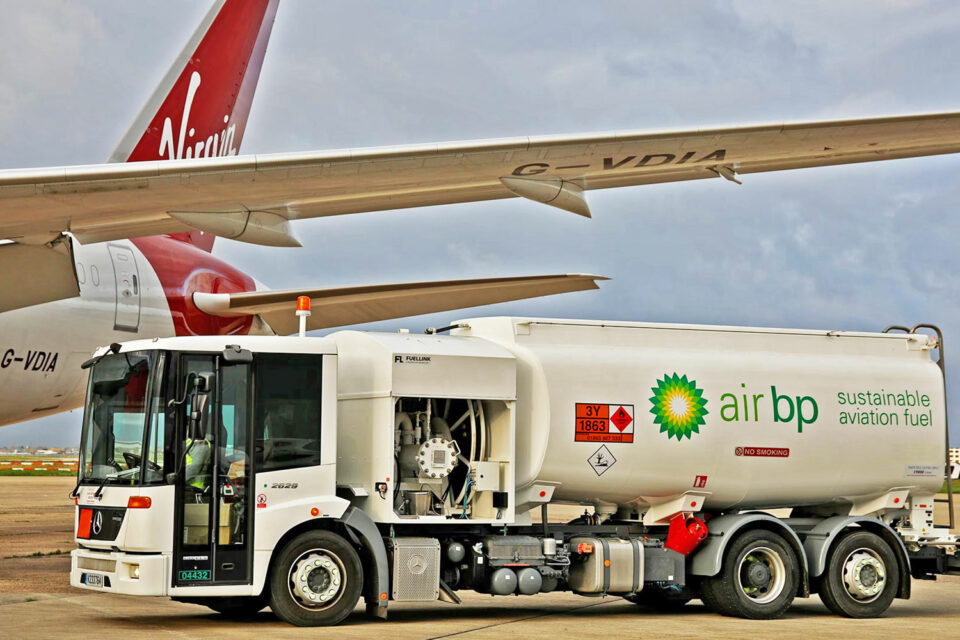
The flight had been planned since December 2022 when the UK government’s Department for Transport launched a challenge to achieve the milestone later this year.
Virgin Atlantic had been testing an engine with SAF since mid-year and obtained approval for the flight from the aviation authorities of the countries involved days ago.
G600 was the first aircraft to reach the milestone
“I couldn’t be proud to be onboard Flight100 today alongside the teams at Virgin Atlantic and our partners, which have been working together to set the flight path for the decarbonisation of long-haul aviation,” said Sir Richard Branson, Founder, Virgin Atlantic.
Flight100, as it was also called, should have been the first to cross the Atlantic Ocean in history, but that milestone fell to the Gulfstream G600 days ago.
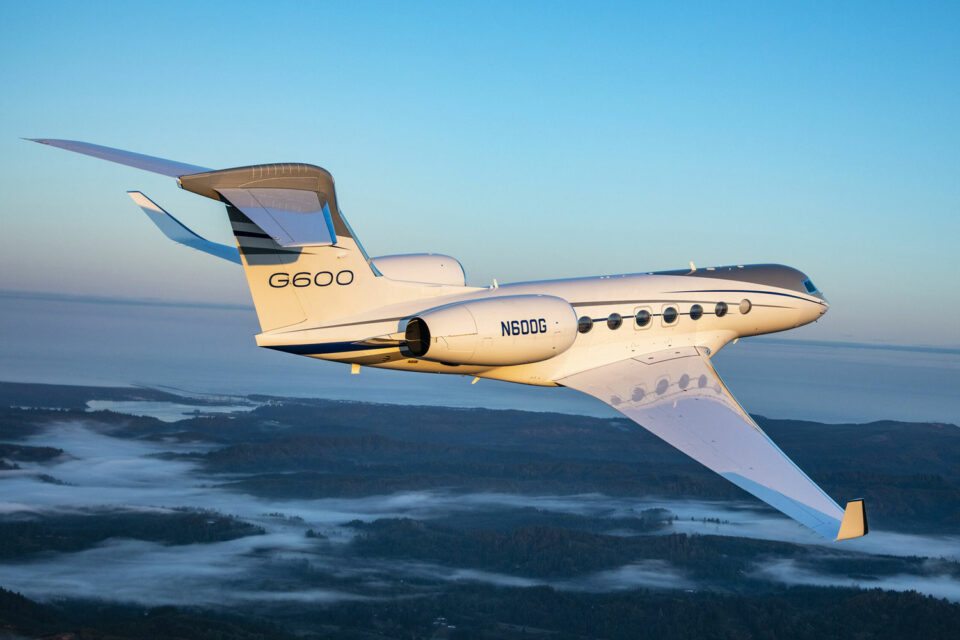
The US manufacturer anticipated Virgin and carried out a 100% SAF flight on its business jet between its headquarters and Farnborough Airport, in England, on November 19.
Follow ADN: Instagram | LinkedIn | Twitter | Facebook
The industry’s goal is to expand the use of SAF on flights in order to expand decarbonization in long-haul aviation and reach Net Zero 2050, when the use of fossil fuels is expected to end.


